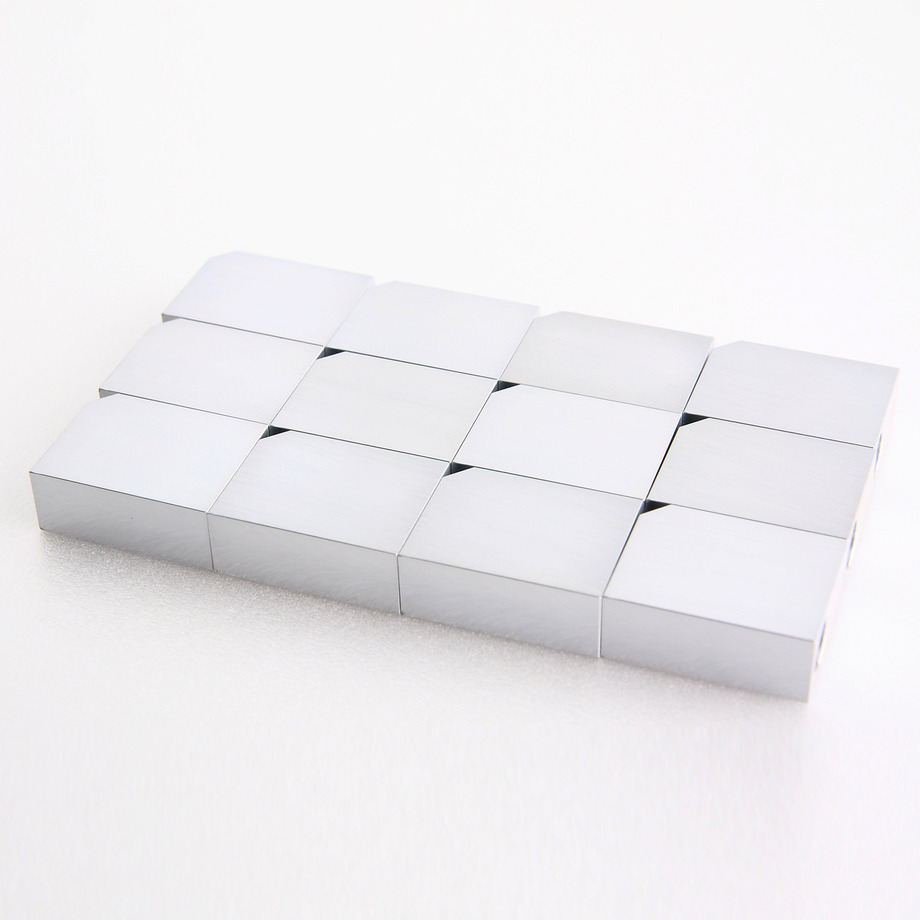Between ALODINE and ANODIZING
2019-05-03It's common to see Aluminum CNC machined parts to have anodizing and we all know what anodizing is. But, what is Alodine and what are the differences?
Chromate conversion coatings on an aluminium substrate are known by the following terms: chemical film, yellow iridite, and the brand names Iridite and Alodine (in the UK Alocrom). It is also commonly used on aluminum alloy parts in the aircraft industry and many CNC machined parts made of aluminum.
Iridite NCP is a non-chromium type of conversion coating for aluminium substrates.
The most commonly referred-to standard for applying chromate conversion coating to aluminium is MIL-DTL-5541 in the US.

MIL-DTL-5541
The military spec referred to as MIL-DTL-5541, "Military Specification, Chemical Conversion Coatings on Aluminum and Aluminum Alloys" covers chemical conversion coatings formed by the reaction of chemical conversion materials with the surfaces of aluminum and aluminum alloys. The current specification (2009) is MIL-DTL-5541F, which superseded MIL-C-5541E in July 2006. The specification is approved for use by all departments and agencies of the United States Department of Defense (DoD). Although prepared specifically for DoD applications, the standard is used for many commercial applications as well. It has gained world wide use across many fields versus the more verbose ISO equivalent (i.e., ISO 8081:1985, Aerospace process, Chemical conversion coating for aluminum alloys, General purpose). Note that chromate conversion coatings have been used for over 50 years as treatment to coated or as-fabricated surfaces to boost corrosion resistance and provide a good basis for the subsequent application of paint. However, these treatments use hexavalent chromium chemicals that are extremely toxic. This has led to progressively greater restrictions, imposed by national and international legislation, related to concerns over health and safety and environmental protection, on the use of these treatments.
The MIL-DTL-5541 specification covers chemical conversion coatings that form protective coatings by chemical reaction with aluminum and aluminum alloy; these coatings are categorized by the following types and classes.
- Type I: Addresses compositions containing hexavalent chromium. This film typically appears to be gold or brown in color, but in some cases may be optionally specified as having no color (Having no color is described as "clear").
- Type II: Addresses compositions containing no hexavalent chromium. This film typically appears to have no color (Having no color is described as "clear").
AND
- Class 1A: Provides maximum protection against corrosion, whether painted or unpainted. This is a relatively thick coating used as a final finish or pre-treatment to paint or powder coating.
- Class 3: Provides protection against corrosion where low electrical resistance is required. This is a thin coating providing low contact resistance, and the coating weight is lower as is the corrosion resistance. There may be some advantages using this thinner film in bonding applications.



